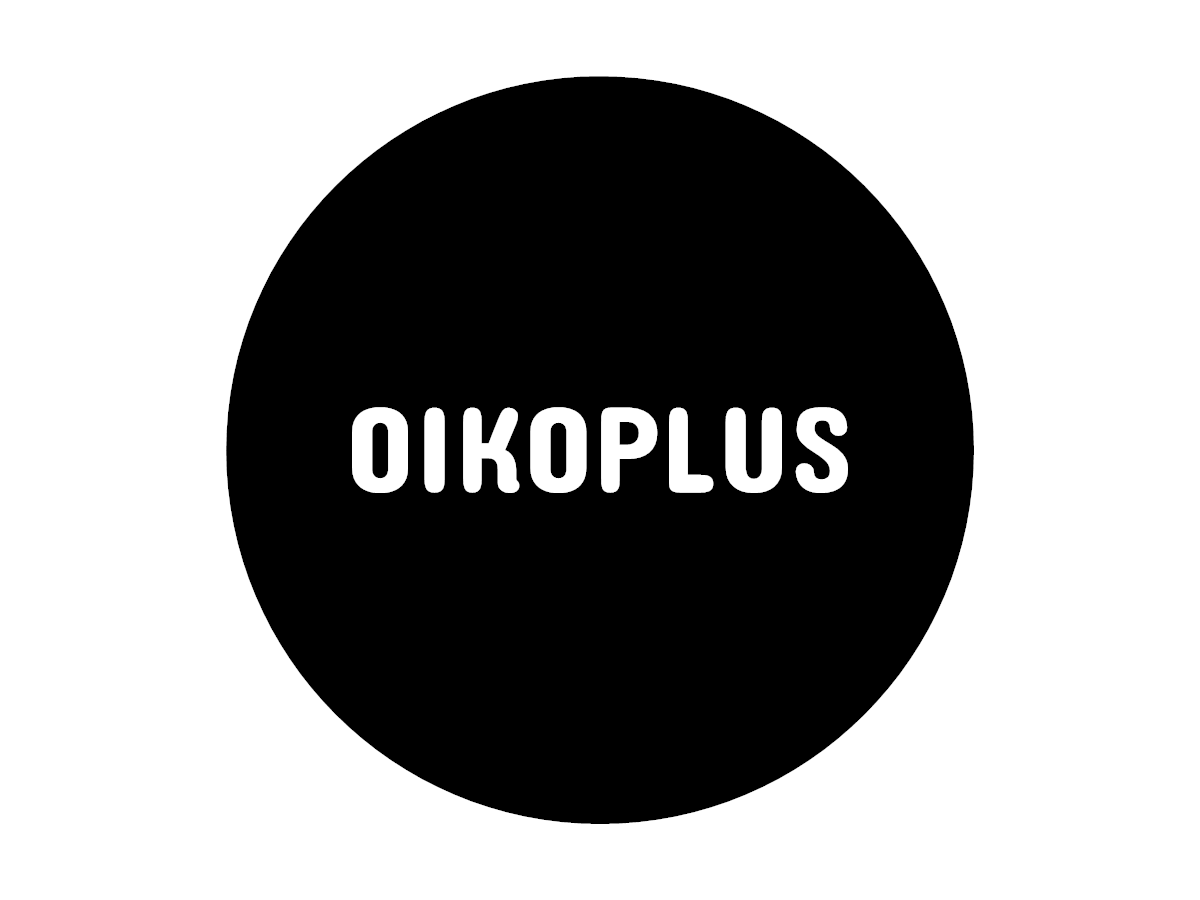Research is funded when it is socially relevant. This is the zeitgeist. Even before the first calls for research funding in the context of the EU’s HorizonEurope framework programme were published, it is clear that the research projects put forward by scientists had to be effective. The research funded by the EU should have social and economic impact and be scientifically excellent. The egg-laying woolly-milk-sow.
The contributions in this Reading List deal with how qualitative social science methods become demonstrably effective. Because they are interested in depth and not width, it is for them particularly difficult to quantify results and impact.
Impact initially denotes a push or impulse. The focus, however, goes with the consequence of the impulse that occurs during social science research and has become part of the self-understanding in the field. Thus, the editors of the SOWI Impact Blog at the University of Vienna argue that social science research not only produces knowledge about society, but above all for and with society. Participatory methods, research at eye level and reflexivity are frequently used keywords in the community. On the SOWI Impact Blog, you will find several best practice examples that demonstrate impact without focusing on immediate measurability.
Measuring what Happens: Interaction and Encounter
Contrary to the approach of the University of Vienna, Wiljan van den Acker and Jack Sapper focus on the measurability of social impact for social science research. In Productive Interactions: Societal Impact of Academic Research in the Knowledge Society, the authors argue that impact is the result of dynamic and open network processes with engagement. With the openness of the networks, they reject the linear effectiveness known from economics, but suggest counting meetings and their participants as a proxy for network nodes. Is this the final answer, though?
Twelve Paths to Impact
Counting meetings and interactions to illustrate the impact of research does not convince Reetta Muhonen and her colleagues. In the recently published paper “From Productive Interactions to Impact Pathways”, the authors therefore develop twelve typologies of impact pathways, which emphasise the prerequisites for and the nature of the interactions in a way the impact itself has a goal. The interaction becomes the starting point, the social added value the goal. New production processes, behavioural change or lines of argumentation are goals that, moreover, are not achieved only at the end of the research. Realising that impact is concrete and purposeful helps in writing research proposals and formulating intended (intermediate) outcomes.
Indicators of Effectiveness? Phu…
More applied, Elena Louder and her colleagues ask which indicators make sense for measuring impact in the social sciences. In their blogpost published on the Impact Blog of the London School of Economics, the authors give four principles for choosing frameworks and indicators to determine the impact of social science research: the relevance of change in the research context, the temporal dimension and nature of impact during research, the capacity to accommodate unexpected effects of research, and the level of detail of perceived impact. These and other aspects should certainly feature your chapters on expected impact and measures to increase impact.
Impact yes – but not at any price!
Ultimately, however, there are also a whole range of reasons not to bother with the topic at all. Mary K. Gugerty and Dean Karlan on the Open Access Blog of Northwestern University argue that most (social innovation) projects lack tools and resources to adequatly assess their impact. A rather fatalistic approach that challenges the meaning and benefit of immediate impact in social innovation projects. What may we learn from this contribution? Do not underestimate time and effort needed to conduct an appropriate assessment of your projects’ impact!
From our projects
In the ArcheoDanube project, in which Oikoplus is involved together with the Sustainication e.V. association, we are currently working on recommendations for the design of archaeological parks. More information here.
In the SYNCITY project, our Urban Innovation Toolbox goes into production. You can find more information about the project on our project website and the Cureghem Tales.
In the EnergyMEASURES project, the pandemic-related obstacles to contacting households have been overcome. Partners started to collect data and communication work has gained momentum. Read more about the project here.


